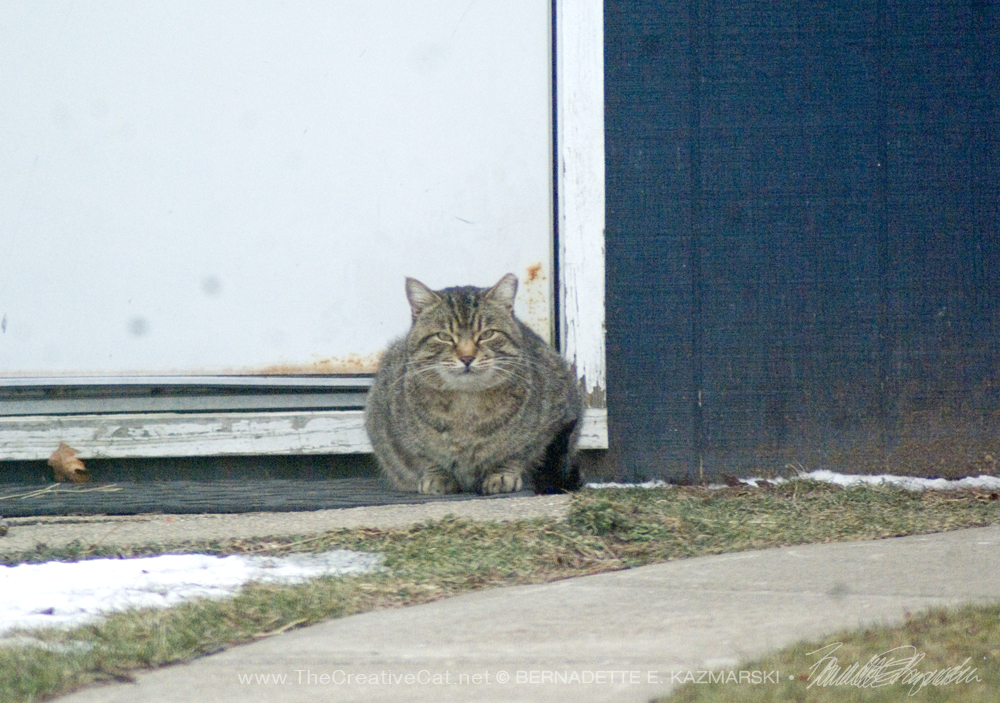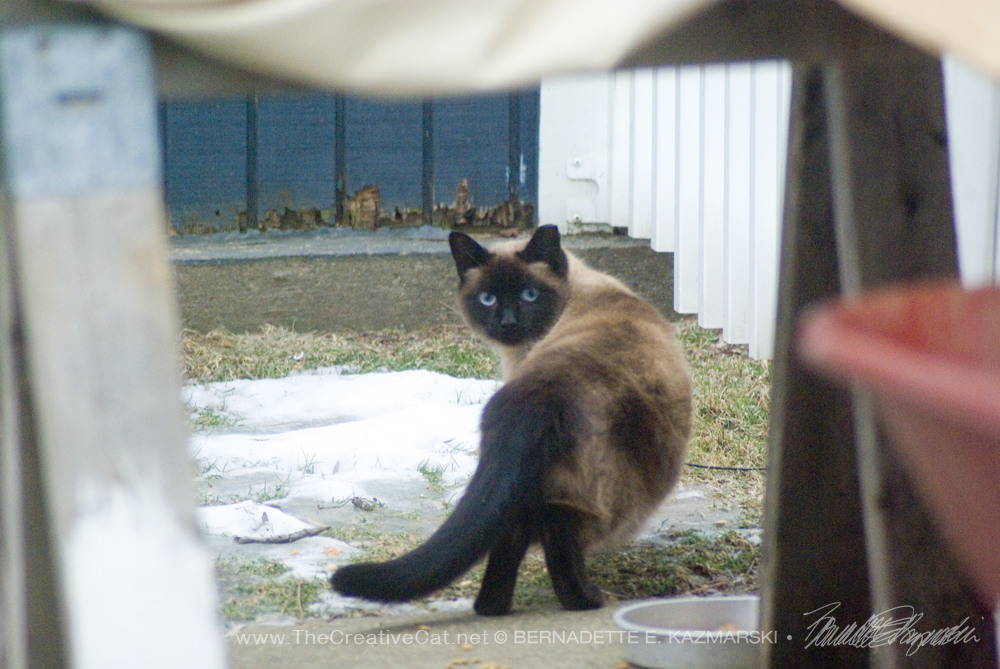Study Shows High-impact Targeted TNR With Adoption Greatly Reduces Cat Shelter Intake and Euthanasia

A two-year study targeted on one area in Florida with a high community cat population and high cat animal-control impoundment and euthanasia reduced intake by 66% and euthanasia by 95%. Outreach to the community became an important part of the success of the intensive program and fostered much community involvement, and even homeless dogs benefited as shelter intake decreased by one third for them as well, possibly by the education offered about care for pets.
TNR has been practiced in this area, but this study began with the finding that, while TNR does help to reduce populations and impoundment/euthanasia it wasn’t practical in managing community cat populations or their fate in shelters. Funded through a $250,000 grant from Maddie’s Fund, the premise of this study was to “pick a focused area and throw all our resources into it,” according to Dr. Julie Levy, professor of shelter medicine at the UF College of Veterinary Medicine and principal investigator on the study in an article on the American Veterinary Medical Association (AVMA) website.
The study area was a defined urban site adjacent to the university campus in Gainesville, FL, a mix of business district, industrial parks and residential neighborhoods, and classified as lower middle class compared to other Florida zip codes, and higher unemployment, higher poverty, lower household income and lower homeownership compared to the county as a whole, in all aspects pretty much representative of an urban area where large numbers of community cats are often found. Telephone surveys of households in the defined area polled residents regarding pet ownership and activities involving community cats in order to estimate the number of community cats fed by residents of the target area.
The study also conducted significant outreach to the community to explain and encourage use of the TNR program, beginning with a mailing, then when “the cats didn’t arrive in large numbers like we’d expected,” Dr. Levy said in the AVMA article, a neighborhood resident was hired to go door to door. Dr. Levy had more to say about the need for outreach and contacting people directly in the AVMA article. The study itself outlines all that was done in this regard:
Informational postcards explaining the free TNR program were mailed to every residential and business address in the target area five times during the 2-year program. Flyers and brochures were distributed to business locations and churches. Study staff members and volunteers went door to door to speak with residents about the neutering program. Residents were encouraged to contact program staff if they were aware of unowned community cats that had not been sterilized. Humane traps and carriers were loaned to residents who agreed to deliver cats for neutering. Staff and volunteers also performed trapping and transportation of free-roaming cats without identified caregivers and for residents who were unable or unwilling to perform the trapping themselves.
A total of 2,366 cats, about 54% of the projected community cat population in the targeted area, were captured for the TNR program, and after surgeries were either returned to their area, moved if the area was not appropriate for return, or sent to adoption. Apparently, adoption wasn’t in the original plan but “happened organically as residents offered to take in kittens and the friendlier adults” according to Dr. Levy in the AVMA article.
A total of 1,230 cats were returned while 1,113 cats were either adopted or transferred to rescue groups, most of the latter being kittens six months or younger. The study outlines the total disposition of the cats and also gives a report on the health of the cats treated.
Shelter cat intake from the target area decreased by 66% during the 2-year study period compared to a decrease of 12% in the non-target area. Shelter dog intake from the target area decreased 36% compared to a decrease of 9% in the non-target area.
Shelter intake of cats in the non-target area per capita was 3.5-fold higher than in the target area, and per capita shelter euthanasia was 17.5-fold higher than in the target area.
The study notes that the program was very intensive and not practical for use everywhere, but would likely work as well in similar settings.
Resources
Read the full study with all statistics, results and charts in The Veterinary Journal, Volume 201, Issue 3, September 2014, Pages 269–274: Effect of high-impact targeted trap-neuter-return and adoption of community cats on cat intake to a shelter.
Also read the article about the study on the AVMA website: Targeted feral cat sterilization yields lower euthanasia rates.

Note: The cats shown in this article are members of a very well-kept colony of ferals and strays in a mobile home park who I had the chance to meet here in Western Pennsylvania. They are healthy and plump, and their human adores them.
Read more articles about Health and Safety and Veterinary Medicine.
All images used on this site are copyrighted to Bernadette E. Kazmarski unless otherwise noted and may not be used without my written permission. Please ask if you are interested in using one in a print or internet publication. If you are interested in purchasing a print of this image or a product including this image, check my Etsy shop or Fine Art America profile to see if I have it available already. If you don’t find it there, visit Ordering Custom Artwork for more information on a custom greeting card, print or other item.



*sigh* If we could only get some cities around here to understand that and abolish the “TNR is illegal” law>..!!!
Maxwellnfaraday, I just can’t believe how lightly people condone killing of cats.